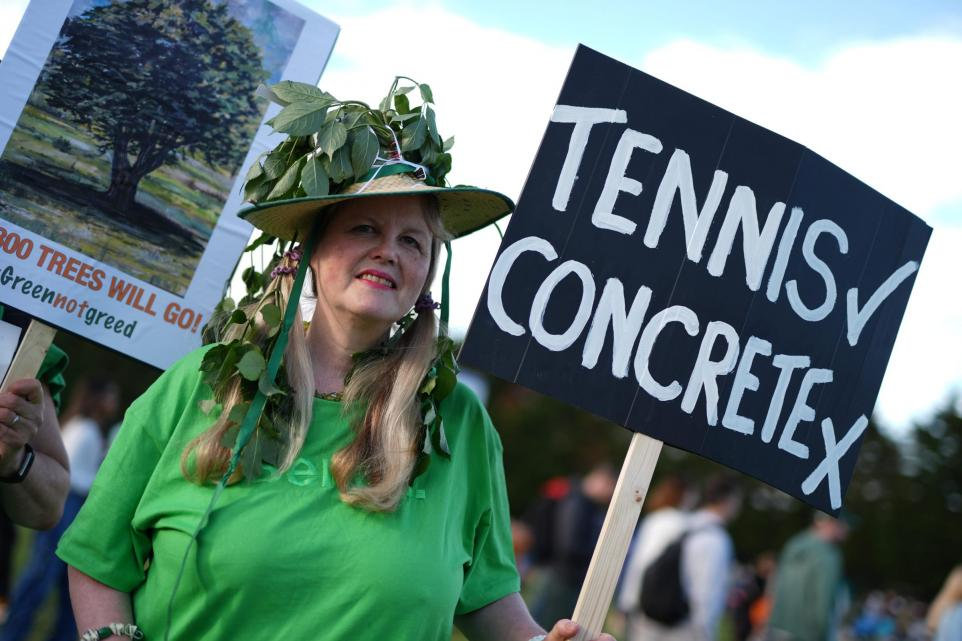
A legal challenge against the All England Club’s ambitious expansion plans for Wimbledon will be heard at the High Court on Tuesday, marking a critical moment in a four-year dispute over the future of a historic London site.
Save Wimbledon Park (SWP) is contesting the Greater London Authority’s approval of proposals to nearly triple the tennis venue’s size by constructing 39 new courts and an 8,000-seat stadium on the former Wimbledon Park Golf Club grounds.
The development received planning permission last year from Jules Pipe, London’s Deputy Mayor for Planning, who determined that the project’s benefits would “clearly outweigh the harm.” Debbie Jevans, chair of the All England Club, highlighted that the expansion would create 27 acres of “newly accessible parkland for the community” and enable the qualifying tournament to move from Roehampton to the main site.
However, the campaign group argues that Wimbledon Park, designated as a Grade II*-listed heritage site, deserves protection equivalent to green belt or royal parks. They contend that approving development here would establish a “dangerous precedent” for similar protected spaces.
SWP’s legal team plans to argue that the GLA failed to properly consider “restrictive covenants” governing land use and that the development would cause “deliberate damage” to the site. Christopher Coombe, a director of SWP, stated, “We all love the Wimbledon championships, but don’t believe the proposal is really about protecting the future of the world’s best tennis tournament.”
The case will be heard over two days before Mr Justice Saini at the Royal Courts of Justice, beginning at 10.30 am.
The expansion plans were initially submitted to both Merton and Wandsworth Councils in 2021, three years after the All England Club acquired the golf club with development intentions. When Merton approved but Wandsworth rejected the application, the Mayor of London’s office assumed control of the decision-making process.
Mayor Sir Sadiq Khan recused himself from the process in 2023, having previously expressed public support for the development. The plans have drawn opposition from local politicians, including Fleur Anderson, the Labour MP for Putney, and Richard Rees, who previously worked on Wimbledon’s Court One construction and “Henman Hill” development.
Ahead of the hearing, Coombe emphasized the environmental concerns: “If this decision by the GLA is upheld and the development goes ahead, the detrimental impacts on our environment and delicate ecosystem will be devastating. Our community has given massive support to the campaign over four years, desperate to stop the loss of open space intended for public recreation.”
The campaign group argues this issue extends beyond SW19, reflecting a broader pattern of open space loss across London. Coombe questioned the organization’s commitment to fair play, stating, “There is very little local trust in an organization that prides itself on fair play but then breaks its word.”
The All England Club maintains that its proposals represent a significant opportunity for London and the tennis world. A spokesperson emphasized, “Our proposals will deliver one of the greatest sporting transformations for London since 2012. They are crucial to ensuring Wimbledon remains at the pinnacle of tennis, one of the world’s best sporting events, and a global attraction for both London and the UK.”
The club argues that the development offers “substantial year-round benefits for our community and the delivery of significant social, economic, and environmental improvements.” They highlight that the expansion would create more than 27 acres of new public parkland on currently inaccessible private land, increasing Wimbledon Park’s size by one-third.
Environmental benefits are central to the club’s argument, with representatives claiming the project would deliver “a very significant increase in biodiversity across the site.” Their position is supported by more than 1,000 hours of ecological surveys, endorsed by the London Wildlife Trust.
The All England Club reports conducting extensive community consultation, speaking to more than 10,000 people during consultation events. According to their spokesperson, “The vast majority of people just want us to get on and deliver the many benefits on offer.”
The GLA maintains its support for the scheme, with a spokesperson stating, “The Mayor believes this scheme will bring a significant range of benefits, including environmental, economic, social, and cultural benefits to the local area, the wider capital, and the UK economy. It will create new jobs and green spaces and cement Wimbledon’s reputation as the greatest tennis competition in the world.”
However, given the ongoing legal proceedings, the mayor’s office has declined to comment further on the matter pending the court’s determination.
The case represents a clash between development ambitions and heritage protection, with both sides presenting compelling arguments about community benefit, environmental impact, and the future of one of sport’s most prestigious venues.



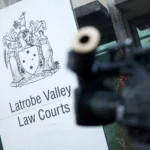
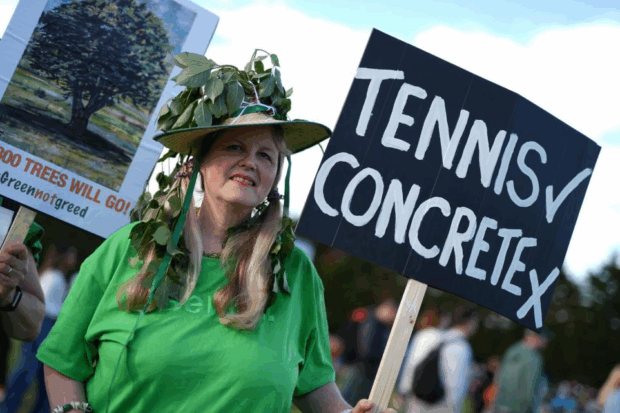



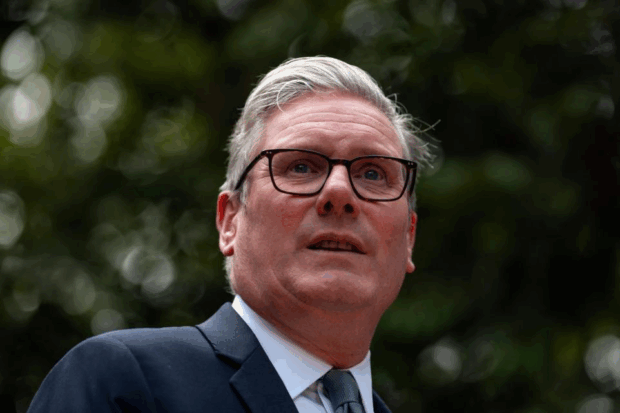

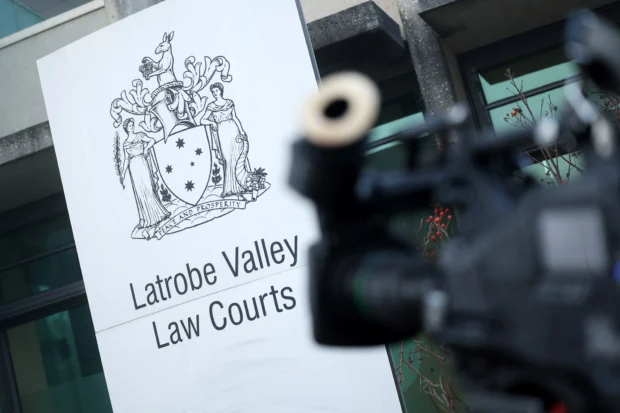





Be the first to leave a comment